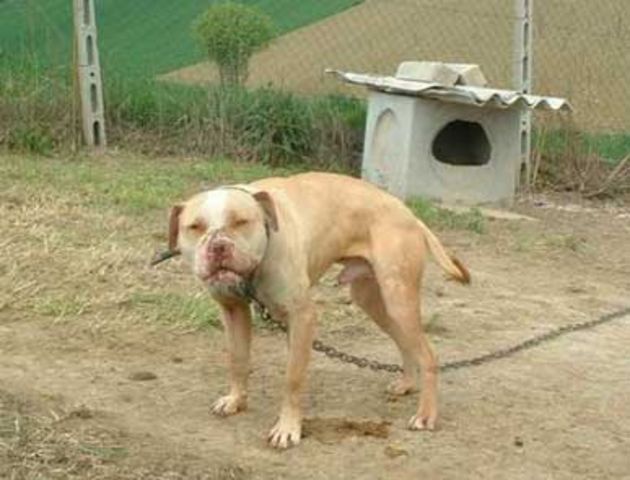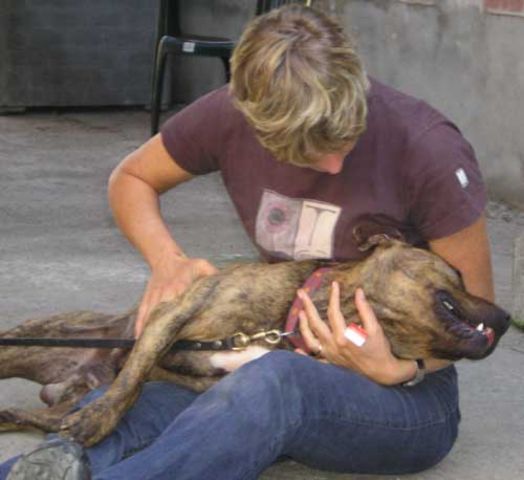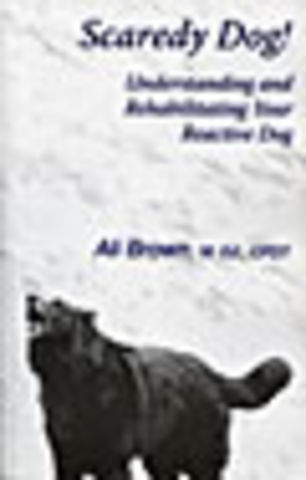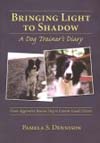In the last twenty years there have been huge advances in animal training - equal to those in human education, medicine and computer technology - and so the short answer is that OF COURSE aggressive dogs of any breed CAN be - and indeed SHOULD be - rehabilitated using up-to-date training techniques.
Command based traditional training of all species, including humans, has been around for centuries as correction and force can undoubtedly change behaviour. And it can certainly make for high rating half hour dog training TV shows with their seemingly miraculous quick-fix results! The before and after shots, skilfully edited, have audiences spellbound and clamouring for more.
In reality these shows are more about entertainment and TV ratings than about serious training. And many of the methods seen are by far from original and are simply a re-hash of long discredited dogma and myth that refuse to die - such as 'your-chihuahua-is-a-wolf-and-so-must-be- treated- just-like-a-wolf'. They often have a liberal smattering of euphemisms to describe the way we did things in the 60s, 70s and 80s when we knew of no alternatives to intimidation (do-it-or-else!) and force-based training.
The Pit Bull Terrier is a breed commonly thought to be so aggressive towards other dogs and humans that it is one of four breeds (along with the lesser known Japanese Tosa Inu, Filo Brasileiro and Dogo Argentino) that is totally banned in Australia and many other countries.
Alexa Capra- below - is a positive reinforcement trainer who founded the Associazione Culturale Gentle Team in Alessandria in Northern Italy in 2000. She has been working for several years with ex-fighting Pit Bulls which have been rescued from illegal East European fighting rings and sent to her for rehabilitation. To date she and her dedicated team of trainers who understand its true function and use a clicker correctly have successfully been able to re-home 14 of these dogs into Italian homes!
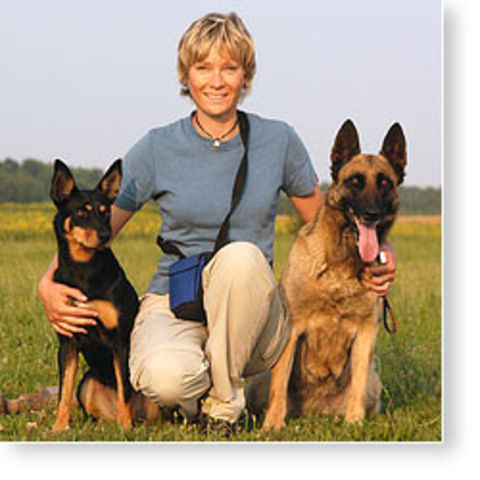
Alexa was the first Italian trainer to qualify for Level 3 of the Competency Assessment Program (CAP3) from Kay Laurence's internationally renowned UK clicker training establishment, Learning About Dogs. (Click here for an overview of LAD's clicker training and a video on 'shaping') and was a key-note speaker there at a 3 day clicker seminar in 2006.
Trainers from around the world, many from countries where Pit Bulls are banned, heard from Alexa with some amazement how rescued Pit Bulls are re-rehabilitated, re-trained and re-homed.
The correction based training techniques still advocated by some die-hard traditionalists as well as some near cult popular TV personalities - techniques such as 'neck scruffs' or using an 'alpha roll' (flipping a misbehaving dog onto its back and holding it in that position, sometimes by the throat, to teach the dog that the trainer is the pack leader, or 'alpha' animal) - are NEVER used!
Why not? Firstly, there is an obvious absurdity in even thinking of 'flipping' or wrestling with an ex-fighting Pit Bull. Secondly, even a small dog subjected to this kind of violent and bullying physical treatment is highly unlikely a) to learn what the trainer thinks he or she is teaching the dog and, indeed, is much more likely to learn to fear and resent the trainer or b) have an on-going rewarding relationship based on trust and co-operation. And thirdly, and far more importantly, there are far more effective ways of being a true 'leader': so it is completely unnecessary to do so.
For sensible thoughts on inspirational leadership when it comes to dog/human relationships, what our dogs need us to be and what leadership is and what it is most definitely is NOT click HERE > 'Effective Leadership - the way to a happy pack' . Or get hold of a copy of Dr Patricia McConnell's booklet 'How to be Leader of the Pack ...and Have Your Dog Love You for it!'
This booklet is based on the ways dogs communicate with each other and clarifies how to be a benevolent natural leader of our packs and how, in a peaceful and kind way, to avoid aggression related to fear or dominance. The ideas and exercises in this booklet are based on the way dogs really communicate with each other and not on some outdated and discredited myths.
Positive reinforcement methods are safe (an elderly person or a child can use them) as well as easy, enjoyable and highly motivating and effective in teaching new behaviours or modifying existing ones. Click HERE to read > What positive reinforcement training is and what it is NOT. A simple box clicker is used to firstly identify a desired behaviour - such as a Pit Bull being calm instead of stressed around another dog or a person - which then gets reinforced with a pat, praise, toy or food.
The Italian trainers re-establish trust and then help the abused Pit Bull to learn behaviours that, with patience over a long period of time, will enable it to co-exist peacefully with humans and other dogs. To see the first stages of Alexa helping 'Betty', an extremely stressed rescued ex-fighting dog, click on this u-tube link >
